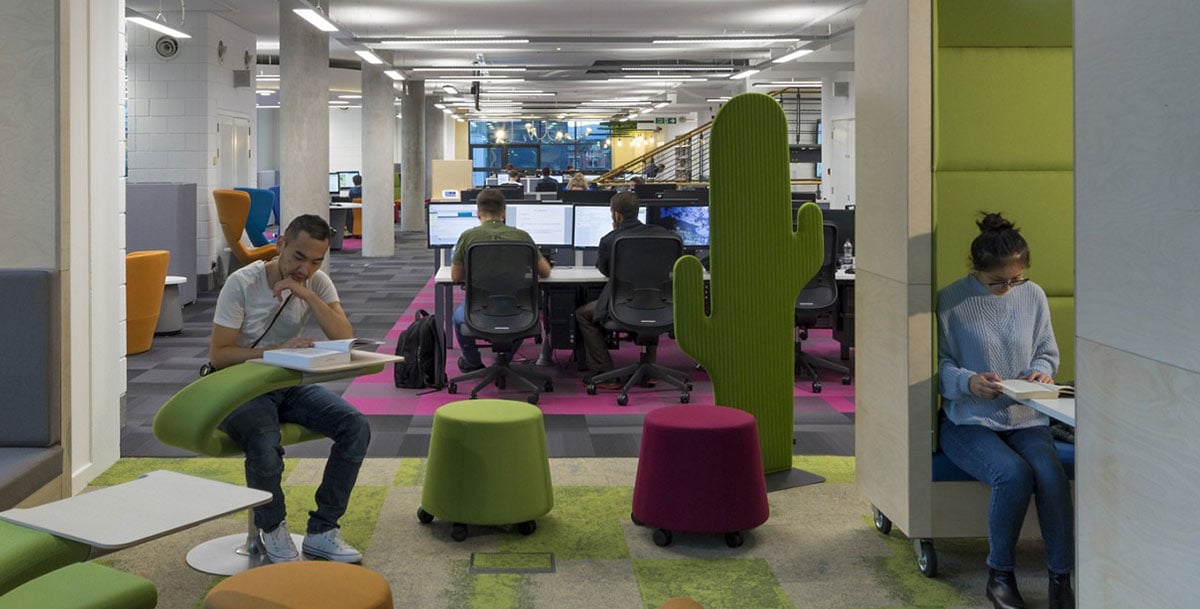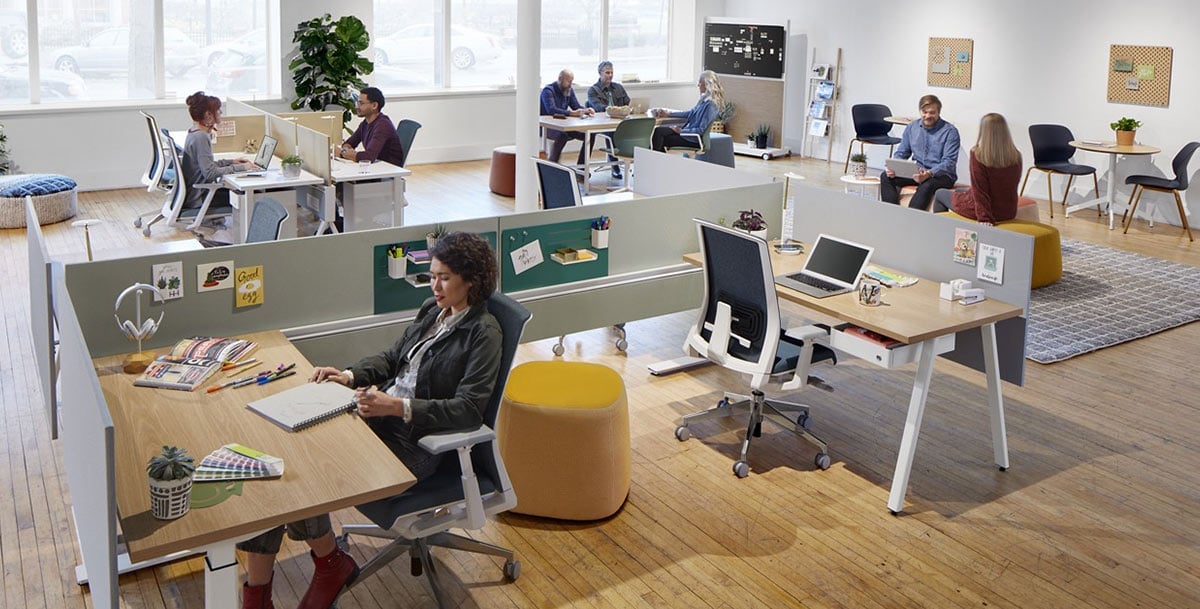
Do you prefer to work in teams or by yourself? Do you jump into projects head on, or take a measured, researched approach? Moreover, when do you perform optimally — when meeting with clients and taking calls from the road, or sitting behind a desk, answering emails, managing work flows, and analyzing data. Perhaps you’re a combo of all these things, balancing social activities with detailed, focused work while juggling multiple in-person presentations and leading teams.
With today’s 5G, technologically-connected workforce in full swing, there’s a broad spectrum of working styles, with each style positively contributing to the company. As the business world becomes more global, inclusive, and diverse, corporations are making strides to accommodate their staff. They are designing offices geared towards an employee’s strength. And in an effort to cultivate a positive, lasting culture, are focusing on their team’s well-being.

While there are many ways to classify an employee’s work style, Deloitte’s Business Chemistry system made some waves a few years ago. Instead of adopting Myers Briggs or another personality test, they developed a framework for understanding the differences and similarities in people’s work style.
Below are the four main working styles they uncovered. We break down each with an appropriate office design to optimize employees’ habits and aptitudes for optimizing employee engagement.
Pioneers: An outgoing risk taker who values possibilities
Imagination is in their DNA. They derive energy from the myriad of possibilities of work and aren’t a fan of too many constraints. An agile office environment that offers endless working possibilities and the ability to personalize their space, from dedicated workstations equipped with height-adjustable desks and chairs, to collaborative, WiFi-enabled areas, may be the best environment for them.
Guardians: Detail-oriented pragmatist who tends to bring order and stability
An environment that is chaotic my hinder a Guardian. Design quiet, personal spaces that accommodate security and privacy. Walled cubicles, individual workstations outfitted with acoustic panels, and phone booths, can provide the comfort they seek.
Drivers: A focused competitor who likes a challenge
Competition drives innovation. A balanced floor plan, that combines open office concepts for sharing ideas, with private offices for discreet meetings and sensitive data, can appeal to this subset. Spaces designed for impromptu meetings, such as social lounges, can also help them keep the competitive edge. Furthermore, nontraditional desks, such as a treadmill desk, will keep these competitors running for more.
Integrators: The empathetic diplomat who connects and draws teams together
Collaborative areas are critical for this group, including innovative workspaces such as pantry areas that double as workstations and meeting halls that serve multiple duties. Conference and huddle rooms which afford equitable idea exchange coupled with the cafeteria or in-house coffee shop, may also be a suitable place for them to set-up shop.
There are many frameworks to better understand your employees. The key is not to bucket them by generation, background, or rank; rather, by work style. In order to gain insight into how they best work, get to know your staff’s personalities and figure out what drives them.
Learn how we can design distinct spaces for specific work styles





